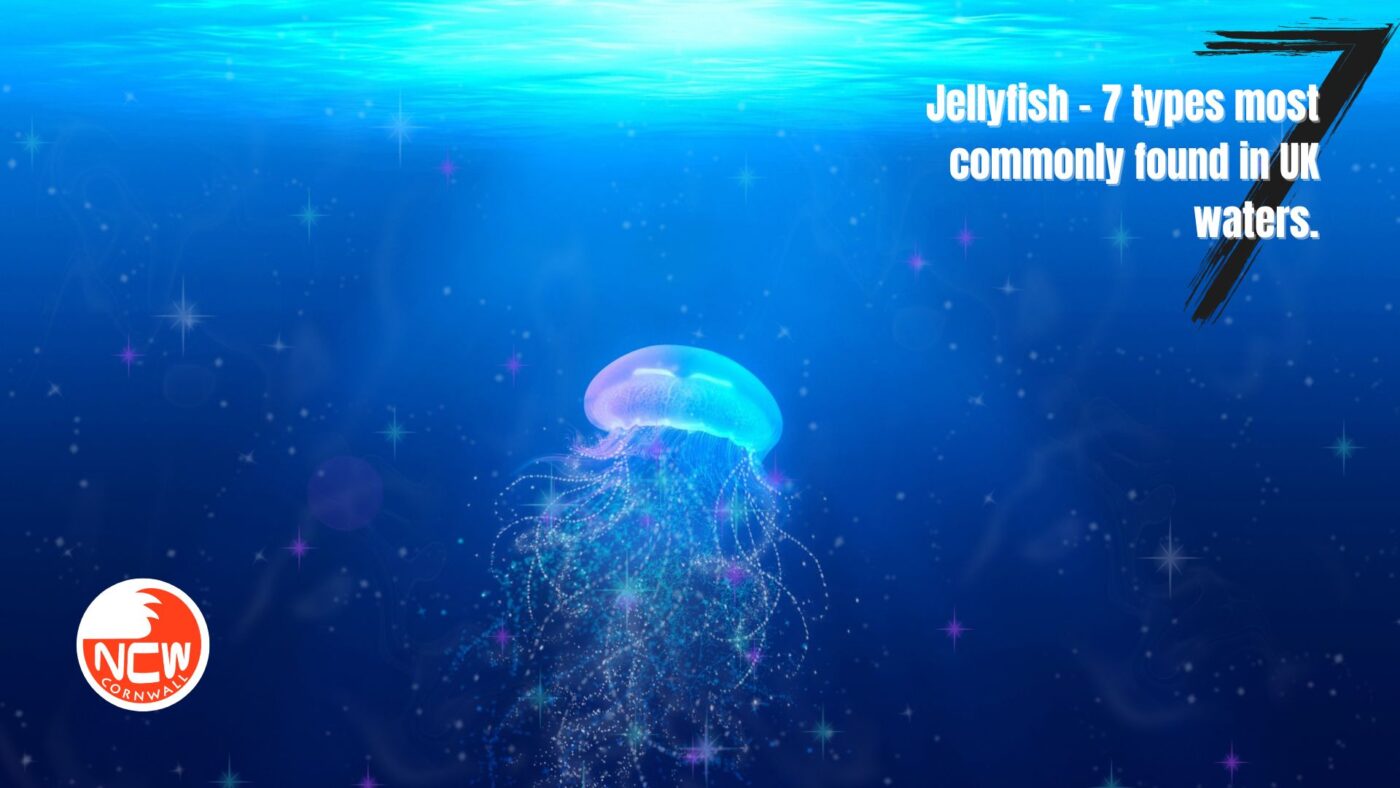Jellyfish (or jellies if you prefer) inhabit all waters around the UK. Spend enough time at our coasts and you’re bound to come across jellyfish. Spend enough time at coastal venues and you’re also likely to see unaccustomed swimmers/bathers and water users running for the hills when jellies and come into the vicinity.
Shop wetsuits online. Wetsuits for all watersports in our online shop here.
Jellyfish – not to be feared.
We all know about jellyfish stings, right? And stories of deadly species and what happens should you be exposed to their venomous tentacles are widely told. So should we be legging it to momma whilst screaming when jellies pop up?
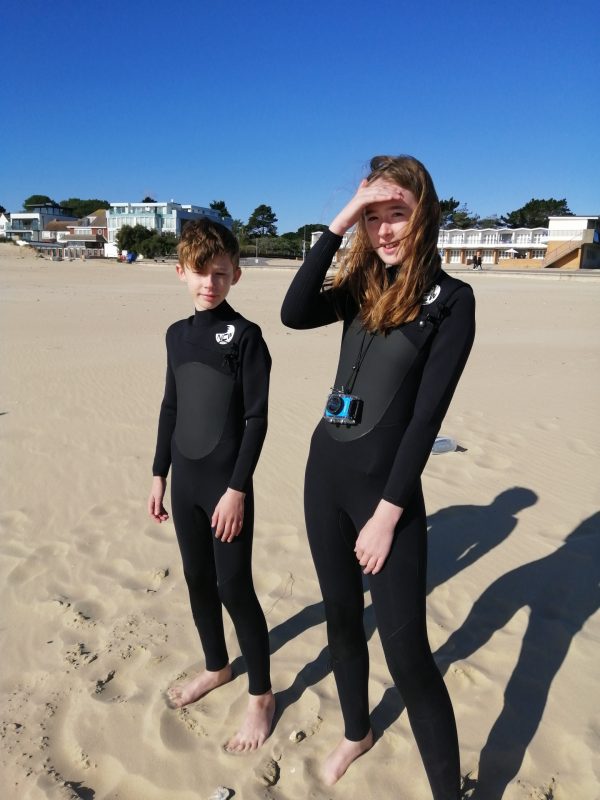
Kids & Juniors 5mm Winter Wetsuits (chest zip)
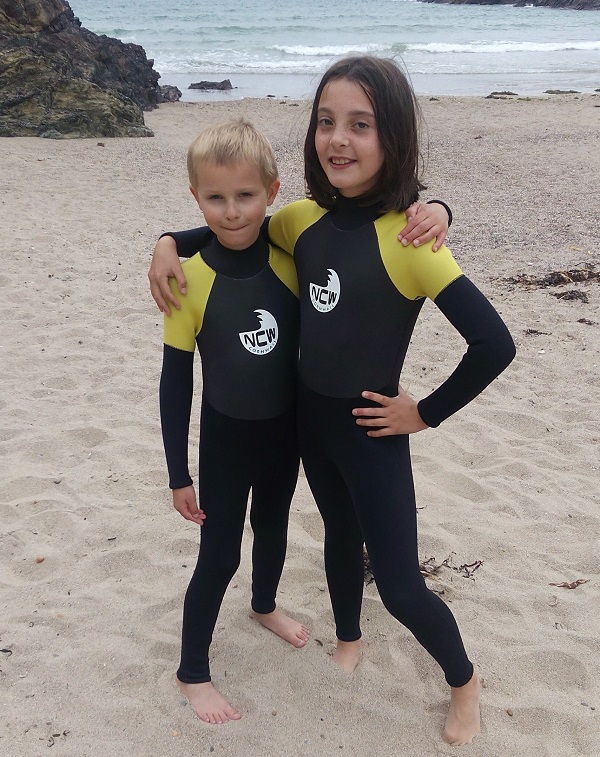
Kids & Juniors 5mm Winter Wetsuits (backzip)
Here’re the most common types of jellyfish found in UK waters and how harmful they are. It should be noted that all jellies can sting to some degree but not all are painful and hazardous to life. Allergic reactions can occur, however, with any kind of toxin entering the body. If you get stung and suffer adverse effects then seek medical help immediately.
Moon jellies.
Identified by their four white rings the Moon jellyfish can congregate in mass blooms. Their stings, however, don’t get through human skin so aren’t that harmful.
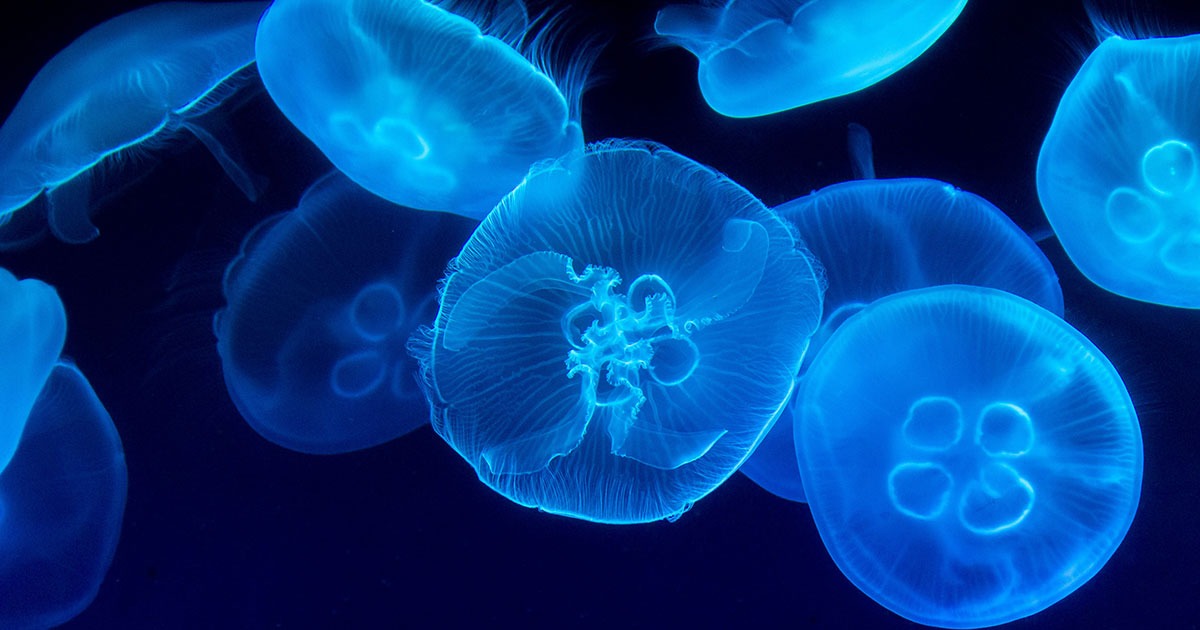
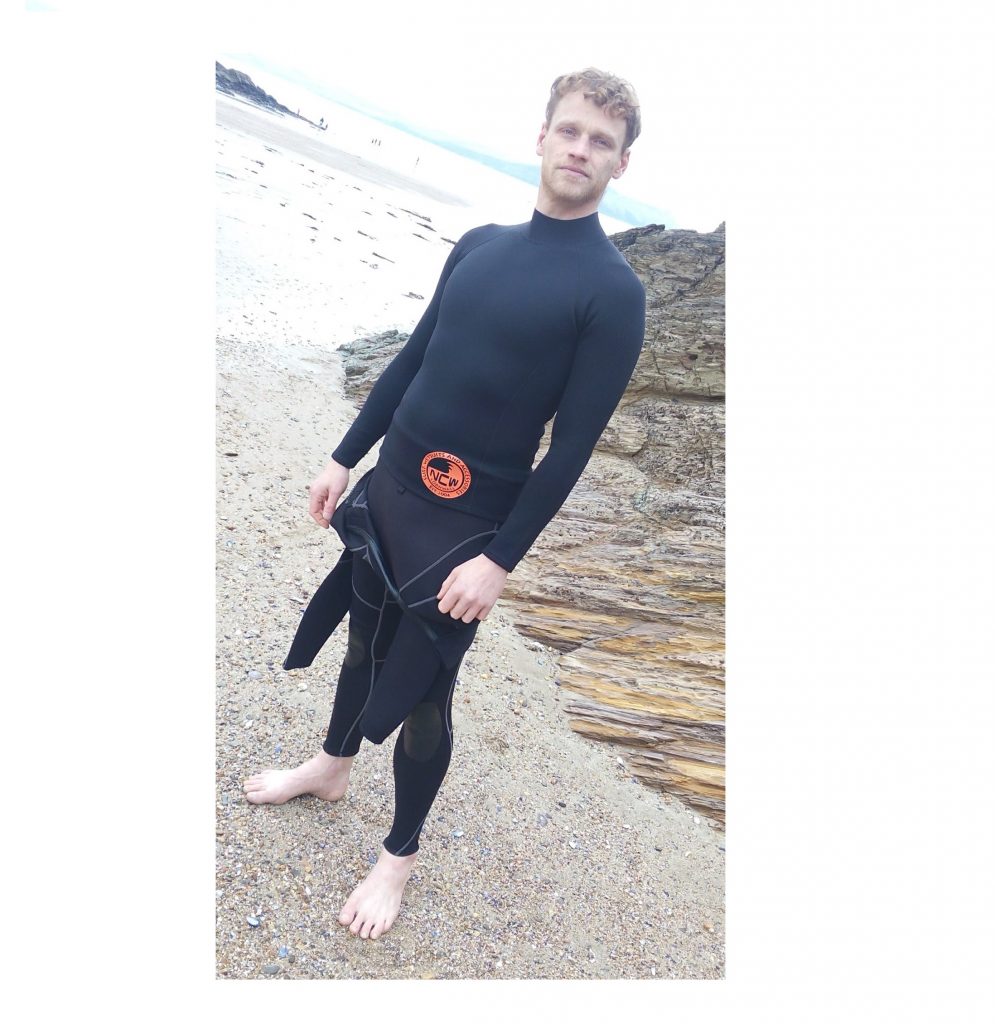
1.5mm Neoprene Thermal Long Sleeve Rash Vest (unisex fit)
Lion’s mane jellies.
This species of can grow to colossal sizes. The Lion’s mane jelly is recorded as the second longest animal in the world with tentacles that stretch quite a way. These are defined by their orange colour and if they sting you then temporary pain and redness can occur.
If you come a cropper with a Lion’s mane seeking medical help is advised. LM tentacles can also become separated during storms and remain live. Floating on the surface of water or washed onto beaches they’re quite hard to see.
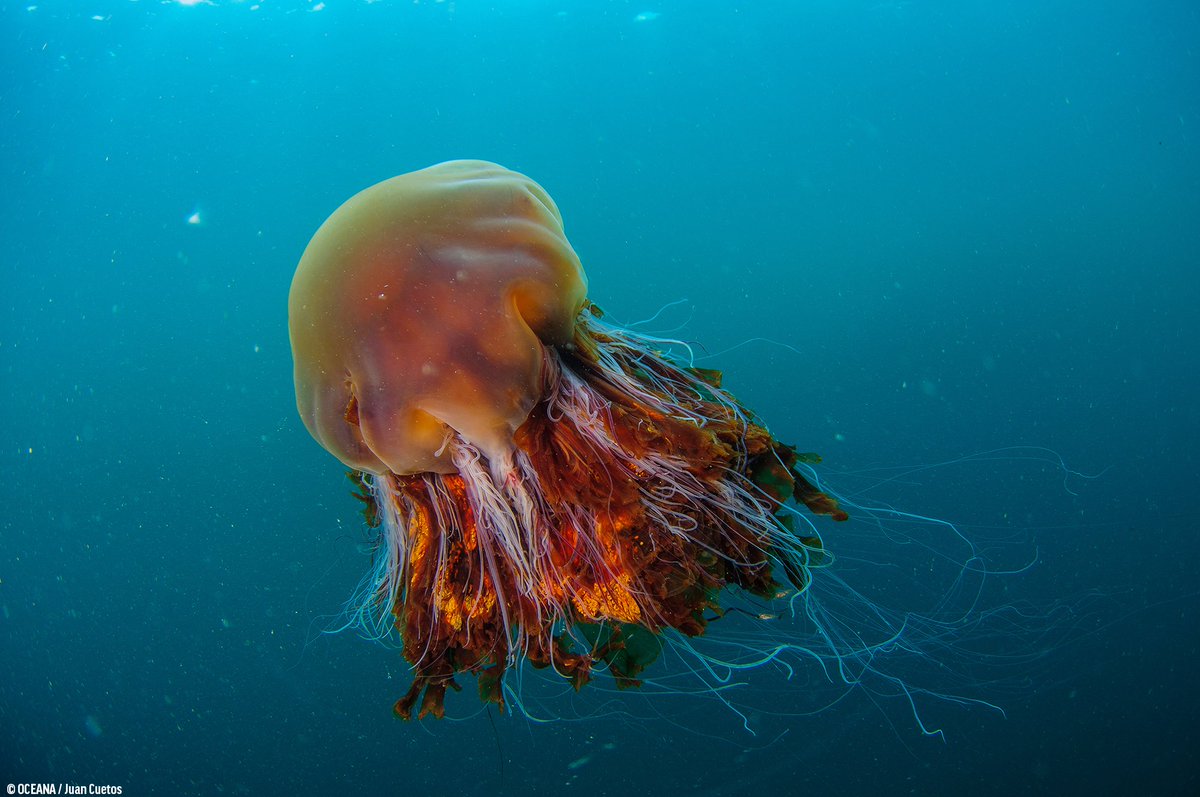
Barrel jellyfish.
This type has a very weak sting and can be found in large numbers. Barrel jellyfish can grow quite big and usually inhabit harbour waters.

NCW 3/2mm ladies / womens back zip full wetsuit with GBS seams

NCW 4/3mm Yamamoto neoprene back zip Gulf Stream wetsuit (men).
Barrel jellies don’t have long trailing tentacles but their purple fringe can cause alarm in water users who don’t know.
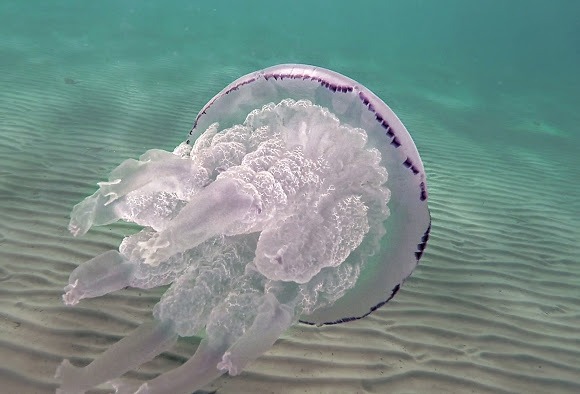
Compass jellyfish.
With a sting that feels like brushing against nettles the Compass gets its name because of compass-like markings on its body. The Compass can often be found washed up on beaches – especially after storms or following high surf.
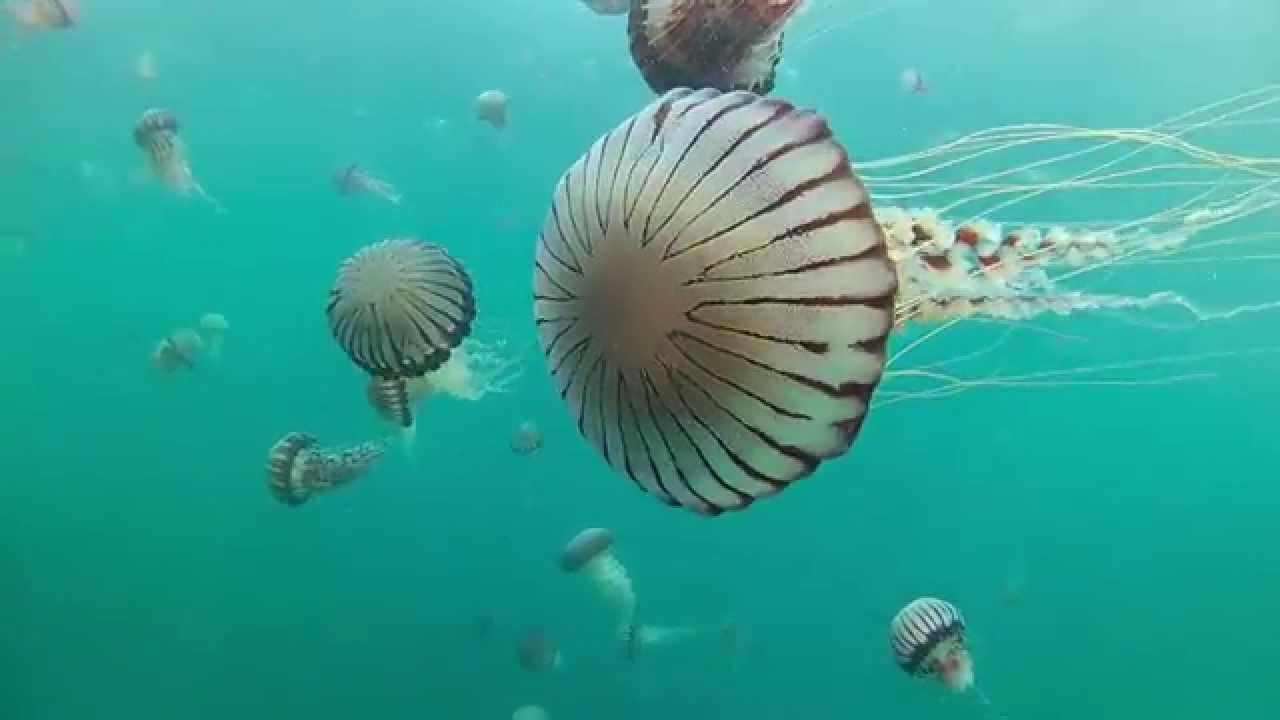
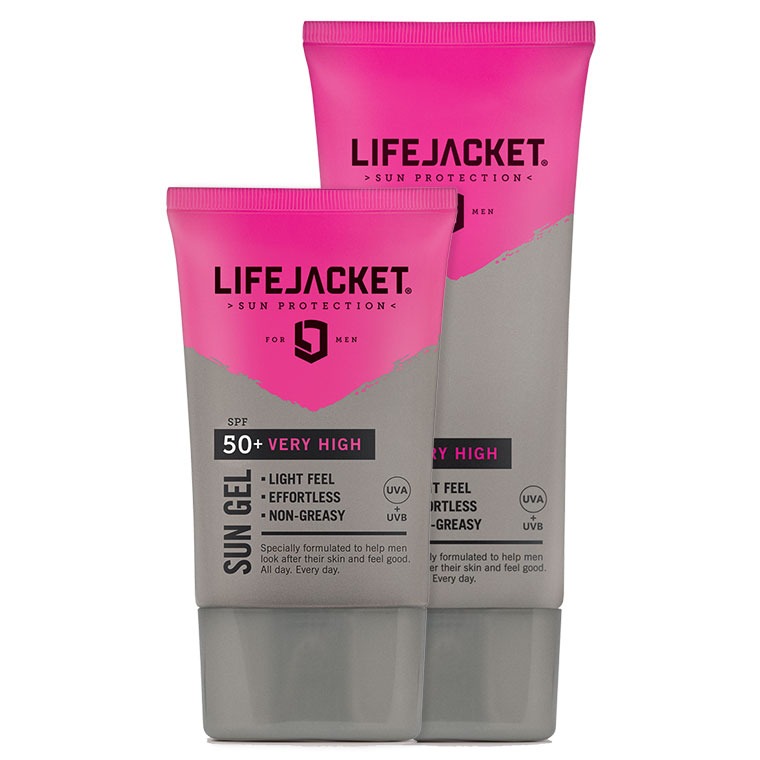
Lifejacket skin protection.
Mauve jellyfish.
The Mauve jelly is probably the one to watch out for most as its sting can lead to a burning sensation, blisters, scabs and nausea.
Some symptoms can be more severe so medical attention should be sought. Its purple body can often appear to glow so is therefore very distinct.
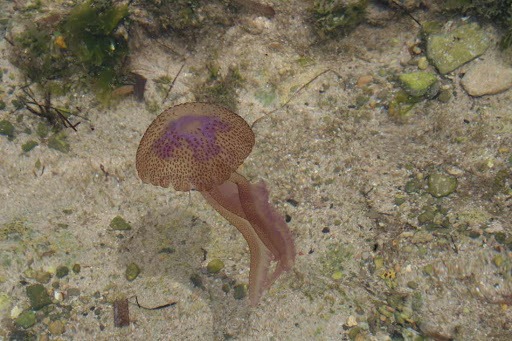
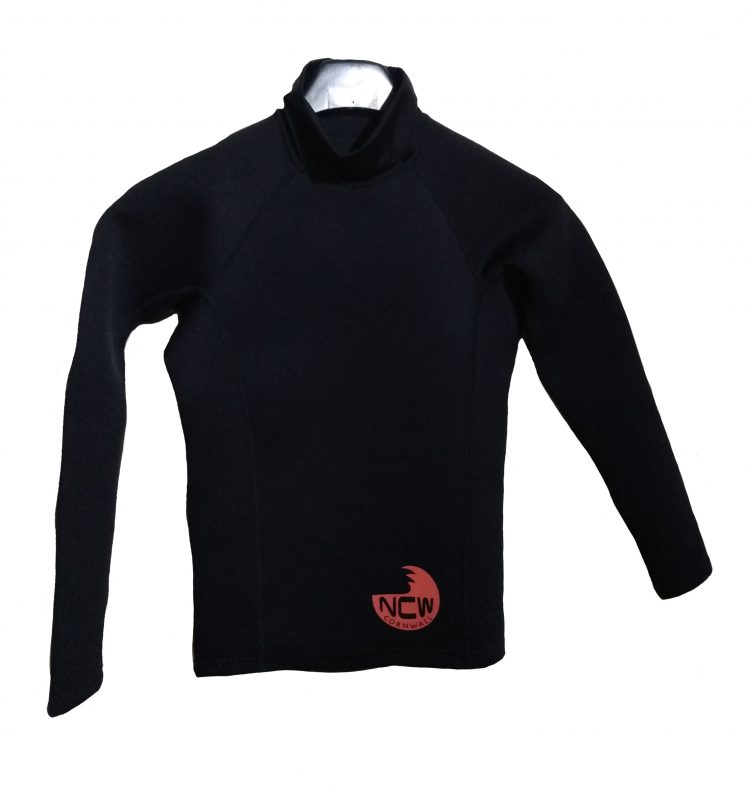
Kids & Juniors 1.5mm Neoprene Long Sleeve Rash Vest – REALLY WARM
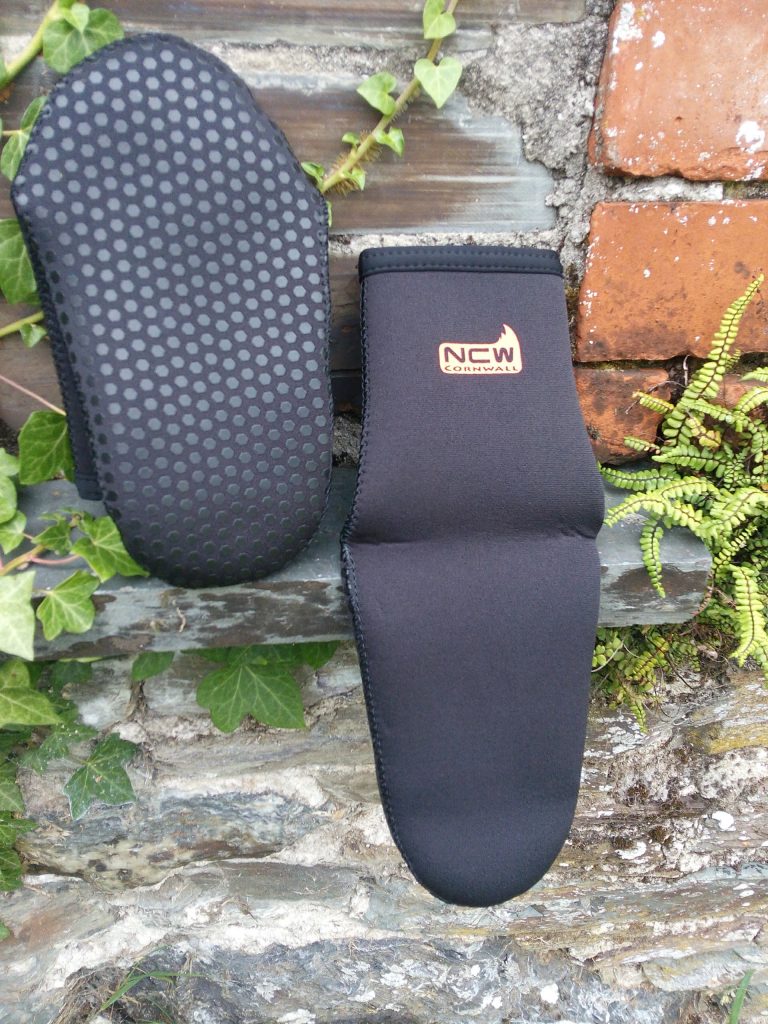
3mm Kids / Childrens Wetsuit Socks
Blue jellyfish.
Blue jellyfish aren’t quite as common as some other species but are very unusual almost resembling some kind of floating Christmas decoration. Whilst they do sting it’s a mild one that feels like brushing against nettles.
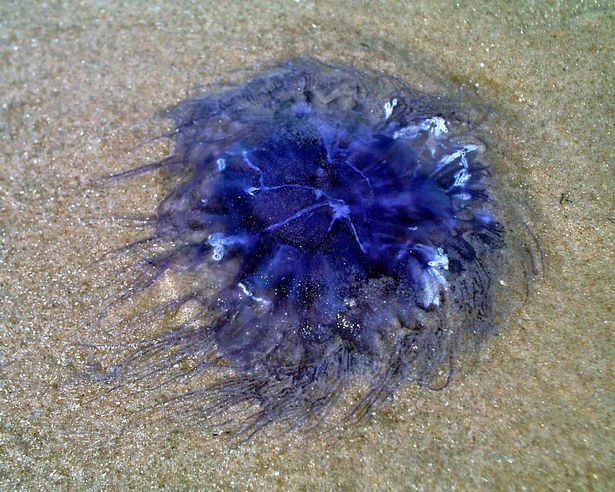
Portuguese Man’o’war.
Occasionally Portuguese Man’o’war do end up in UK waters and wash up on beaches. But technically they’re not a jelly. They’re marine hydrozoa instead. Its stinging venom paralyzes small fish and other prey by wrapping tentacles that cling to its victim. This has been known to happen to young children leading to severe consequences.
The Man’o’war differs in that it’s a multi-organism animal made up of genetically distinct zooids. The connected zooids join together to function as one animal. Stings from man o’ war are very painful and resemble welts caused by a whip.
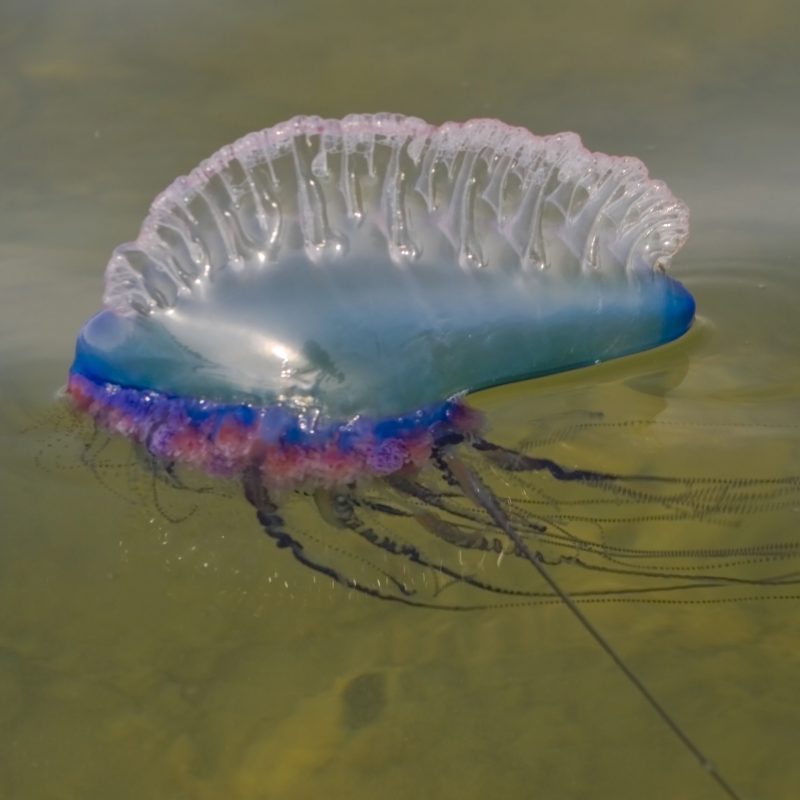
Protecting yourself from jelly stings.
There’re no two ways about it. If you head into the brine with the bare minimum of protection then jellies may get you. A wetsuit is therefore not only a good barrier against cold water and air temperatures it’ll also fend off stings.
As such thinner wetsuits (3mm) will provide some barrier whereas thicker rubber (5mm) will do a better job. Although we appreciate that not everyone wants to be donning a thick wetty in summer!
Can I do anything else?
You could plump for a thermal rash vest, such as one from NCW’s range. Being on the thinner side won’t stop stings completely but will halt them to some degree. Gloves and socks/wetsuit shoes are another set of garments you could use as well.
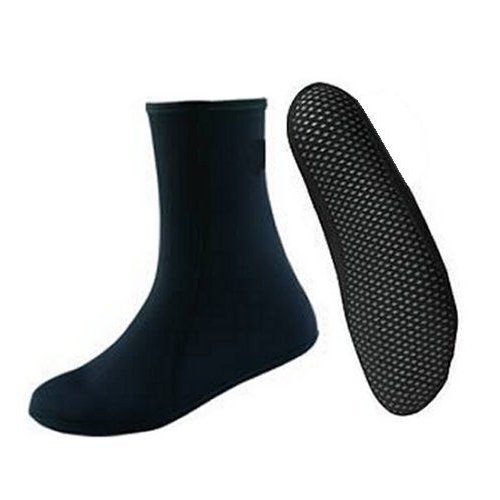
3mm wetsuit socks with a fleece lining & grippy soles
Therefore the best course of action is to avoid jellies completely. Although we appreciate that isn’t always easy in practice.
If you should get stung then this tells how to deal with a jelly sting –
https://patient.info/skin-conditions/insect-bites-and-stings-leaflet/jellyfish-sting
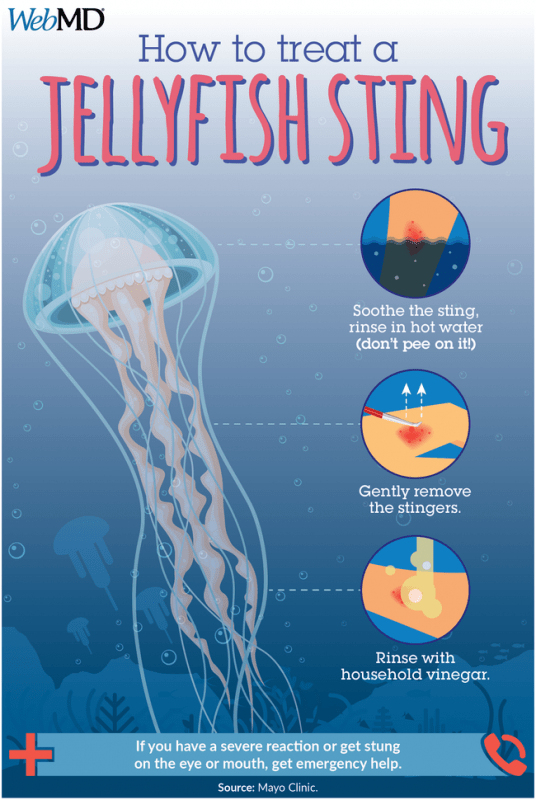
In conclusion.
Whilst these creatures do come into UK waters this shouldn’t put you off entering the ocean. Mostly, jellyfish will remain offshore. If they do float near the shore you can often see them. So being mindful is key. In most cases, jellyfish are simply animals that inhabit the same watery space as we do when we participate in activities like surfing. Therefore knowing what to do in case of being stung (see above) and how to interact with jellies is best practice. Fearing them isn’t needed.
If this article pricked your interest (pun intended!) then be sure to check out our article on weaver fish below –
If you want to find out more about jellyfish then consider these other articles –
https://kidshealth.org/en/parents/jellyfish.html
https://en.wikipedia.org/wiki/Jellyfish

